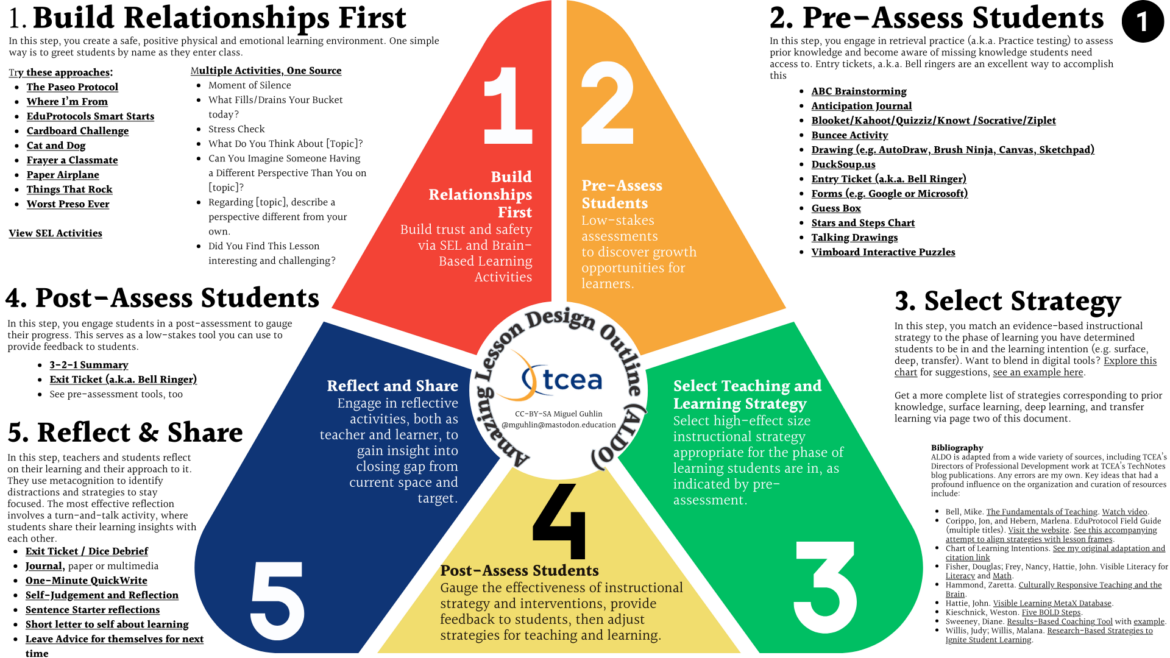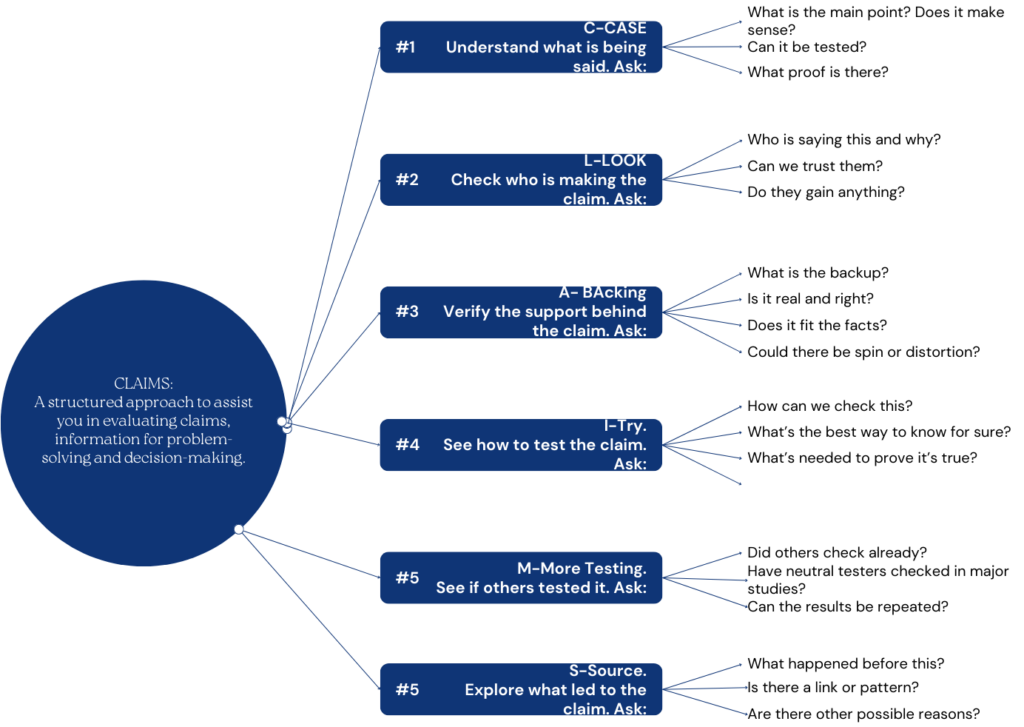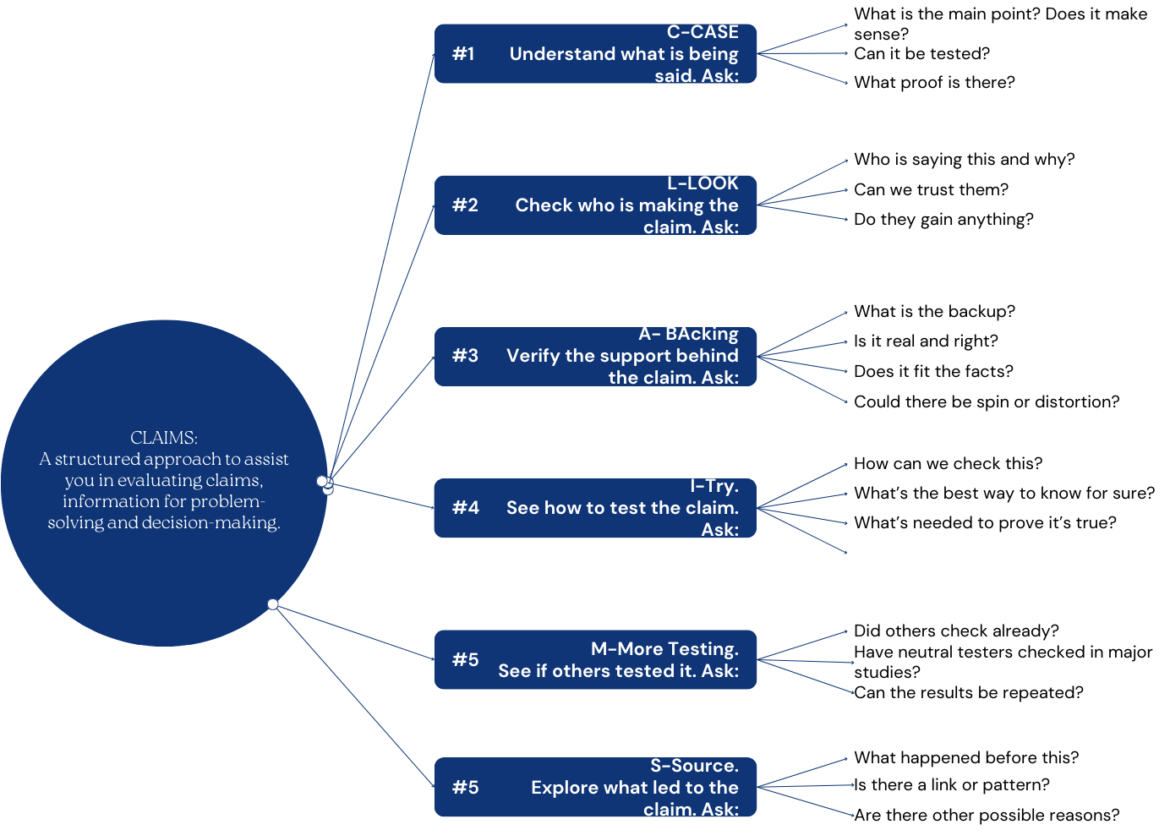“Are you there?” I first typed that into an Apple //e computer. The answer was “Syntax error.” I wanted to find the voice in the machine, some consciousness that would talk to me, tell me things, and answer questions. Now, making conversation with technology is possible through AI prompts and megaprompts. I will share my journey of learning to craft these prompts to converse with AI.
What is a megaprompt?
Like many, I had no idea what a megaprompt was. Megaprompts are long prompts that provide structured instructions or questions. These allow the AI to give complete responses when asked a question or given an instruction. Harry Pickens (ChatGPT for Educators) describes the process in this way:
Crafting a megaprompt for ChatGPT involves creating a detailed and structured set of instructions or questions that guide the AI to generate comprehensive and contextually relevant responses.
I summarize Pickens’ instructions below:
- Provide a clear goal.
- Give context or background information.
- Divide the goal into specific steps.
- Be precise and detailed.
- Use examples that clarify directions.
- Say what you want to see.
- Ask for AI’s response in stages.
- See what works, then refine the prompt.
When I wrote my first megaprompt, I started with Picken’s megaprompt for ChatGPT. Then, I adapted it to my own use.
Why make megaprompts?
Long prompts, megaprompts, enable more of a conversation to happen with your AI chatbot. Moreover, you can rely on the AI’s vast expanse of information access. For example, for my critical thinking megaprompts, I wanted the AI to do something I could not. That is, keep track of ALL the logical inconsistencies that might pop up in my writing and thinking. Logical fallacies are “common errors in reasoning.” Getting an AI to identify those can be a time-saver, no? Plus, with megaprompts, you can provide the AI with exactly the lens through which you want it to respond.
The Anatomy of a MegaPrompt
I’ve identified the following anatomy for long prompts:
- Role. Set the role of the AI. Don’t be afraid to juxtapose two different roles. For example, the AI can be a critical-thinking advisor and a jolly professor.
- Goal. Explain the goal that the AI chatbot should adopt.
- Context. Provide background information. Include information, questions, and examples.
- Interaction Guidelines. Explain how you want the AI to interact with the user. For example, ask it to solicit user consent and readiness, provide step-by-step guidance, etc.
- Interaction Structure. Detail how you want AI to begin, assess user knowledge, dialogue, and how you’d like it to conclude.
- Task(s). Define the task(s) that you want the AI to perform. Clarify step-by-step guidance, the need for dialogue, and action steps for each task.
Let’s craft a long prompt together that offers suggestions on teaching and learning. For example, combine the work and insights of several authors, as shown in the Amazing Lesson Design Outline (ALDO). Would that not be amazing to have at your disposal as a new teacher or a veteran wondering how to implement John Hattie’s high-effect size instructional strategies or brain-based learning?
MegaPrompt: ALDO Coach
“What is the best strategy to use in a particular instructional situation?” This is an important question to ask. Trained coaches are invaluable assets in helping educators choose relevant strategies for varied instructional situations. Using tools like ALDO in professional development can be a valuable tool in supporting teachers in lesson development. But can AI be trained to use ALDO to brainstorm with teachers? Teachers who might be unfamiliar with John Hattie’s “Visible Learning” might like this kind of tool and guidance. It would simplify their lives. It could also work as a simple instructional strategies coach.
This megaprompt incorporates the information I shared in the Amazing Lesson Design Outline (ALDO):

Rather than break down each component of the megaprompt (you can see it here), let’s see it in action below:
Long prompts like this can be a lot of fun. Let’s take a look at a few others.
MegaPrompt: Critical Thinking
Critical thinking can be a tough area for human beings. It has an effect size of .84, according to the Visible Learning MetaX database. The reason why it’s tough, albeit important to learn, is that there is so much to be an expert at. You have to know quite a bit about a field of knowledge. You also have to understand how to apply critical thinking processes, and you have to do this while avoiding logical fallacies.
That’s where AI can help. I had a lot of fun with this megaprompt and really appreciate the work of Thinking Is Power‘s advocate of scientific literacy, Melanie Trecek-King. Using her ideas, as well as those of Wayne R. Bartz, I worked with Claude.ai to make the following (try not to laugh too much):

View Full Size | Get a copy via Canva
As a person who recognizes his own struggles with critical thinking, I wanted help. I thought that an AI might be able to do the following more easily than I am able to:
- Check my reasoning, if necessary.
- Help me avoid logical fallacies and inconsistencies.
- Analyze articles and media reports objectively.
- Avoid appeals to my emotions and my cultural background that might compromise my thinking.
- Apply a critical thinking model or process on my behalf.
What a brain-saver, right? Some of the critical thinking processes I decided to apply include:
- Wayne R. Bartz’ CRITIC >> View megaprompt.
- Melanie Trecek-King’s (Thinking IS Power) FLOATER >> View megaprompt.
- George Polya’s 4-Step Problem Solving. >>View megaprompt.
Both Bartz’s and Trecek-King’s approaches are ways to evaluate claims. These are claims that people might make in conversation or in the media. Some of the places I’ve tried the megaprompts include:
- ChatGPT 3.5/Plus
- Claude (including the Pro version)
- Microsoft CoPilot
MegaPrompt Takeaway
What’s the big takeaway from megaprompts? Long prompts enable rich dialogue with AI, and each AI handles megaprompts differently but effectively. This can enhance learning, creativity, and critical thinking. Will you give megaprompting a try?

